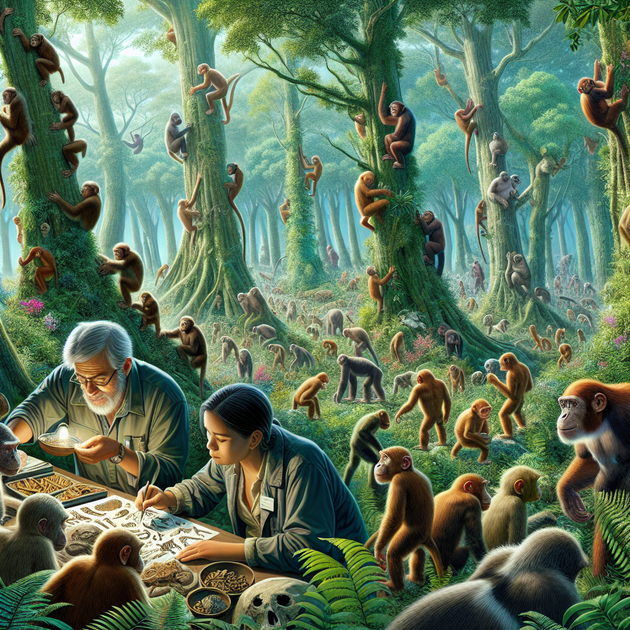Have you ever wondered if everything we know about our distant cousins—the primates—is actually accurate? Turns out, a recent study has turned the field of anthropology on its head by challenging some long-held beliefs about primate origins.
Why Rethink Primate Origins Now?
For decades, scientists have pieced together the story of how modern primates came to be. The classic tale goes something like this: ancient tree-dwellers gradually evolved into the monkeys and apes we recognize today. But this new research suggests we may have been missing some major clues all along.
The study doesn’t just tweak a few details—it shakes up our whole understanding of early primate evolution. By digging deeper into recently uncovered fossils and re-examining existing ones with advanced technology, researchers are now questioning where and when the very first true primates appeared.
What Did Scientists Actually Discover?
So what’s so groundbreaking about these findings? Here are the key takeaways from this study on primate origins:
- Geographic Surprise: Evidence points to some ancient primates evolving in unexpected regions—far from the traditional “hotspots.”
- Timing Shakeup: The timeline for when certain groups branched off has shifted by millions of years.
- Fossil Reassessment: Old bones have been reanalyzed to reveal traits previously overlooked.
- Mosaic Evolution: Features like grasping hands or forward-facing eyes may have evolved independently in different lineages.
- Human Ancestry Link: These discoveries give us fresh clues about our own roots as humans.
This isn’t just a minor update—the whole evolutionary tree for primates might need pruning and rearranging.
The Human Connection: Why Does This Matter?
You might be thinking, “Okay, but why should I care about some ancient lemur-like creature?” Here’s the thing—primate origins are directly tied to understanding human ancestry. Every time scientists redraw the map of where and how our furry relatives evolved, they’re also updating our own family tree.
For example, one big implication is that traits we thought were unique to certain apes (like opposable thumbs or complex social structures) may have much deeper roots. If those features popped up sooner or in different branches than expected, it changes how we see ourselves—and even challenges ideas about what makes us “human.”
A Glimpse Into Scientific Discovery
I remember chatting with a professor back in college who loved unearthing ancient bones in muddy riverbeds. She once told me that most scientific breakthroughs don’t happen overnight—they’re a slow build-up of questions no one else thought to ask. This new study reminds me of her work because it shows how re-examining old evidence with fresh eyes can completely rewrite history books.
Sometimes all it takes is one overlooked fossil or a new scanning technique to make experts rethink everything they thought they knew.
What Does the Future Hold?
With these revelations shaking up what we know about primate origins, researchers are already hunting for more clues in unexplored sites across the globe. There’s hope that even more surprises are buried just beneath the surface—maybe even fossils that could fill in those pesky evolutionary gaps.
So here’s a question for you: If such fundamental “facts” about our origins can change practically overnight thanks to a single discovery, what else might we be getting wrong? And wouldn’t you want to be around for the next big breakthrough?

Leave a Reply